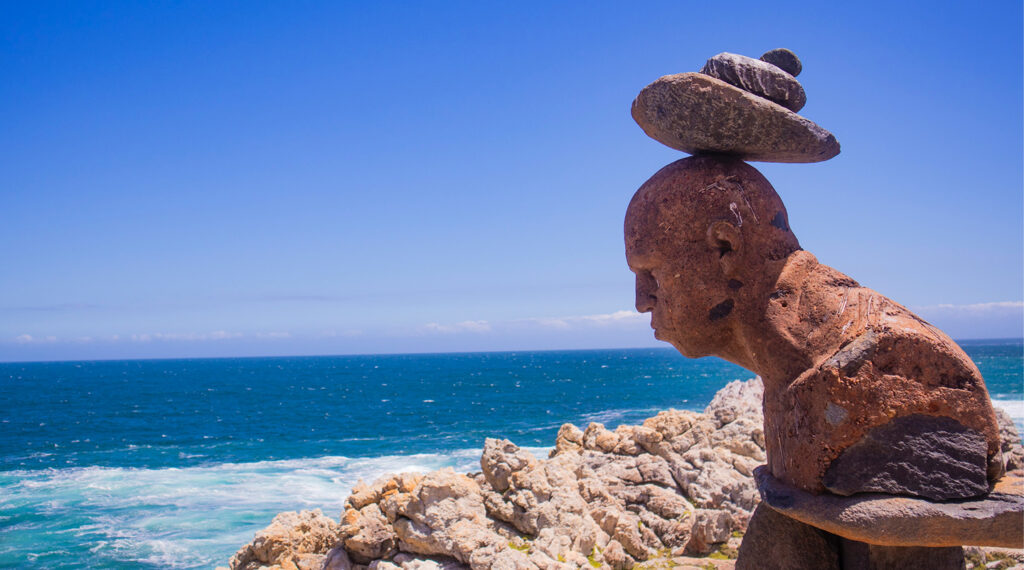The arts and philanthropy: A perspective from the Global South

The two key fault lines in the world today are inequality and culture: inequality with regard to who has economic, political, military and cultural power; and culture meaning the different value systems, world views, beliefs and ways in which individuals and communities make meaning and identity for themselves and in relation to others.
The arts are located within struggles both around inequality and for cultural hegemony, and thus may be both conveyors and reinforcers of dominant values and worldviews, or serve as vehicles to interrogate, challenge and of fer alternatives to these.
The arts are thus not politically neutral nor are they simply an expression of the human rights to freedom of creative expression and participation in the cultural life of the community as per Article 27 of the Universal Declaration of Human Rights. Support for the arts is a fundamentally political act, in much the same way as philanthropy is not politically neutral, nor imbued with intrinsic good.
What are the values underpinning philanthropy? Whose interests does philanthropy serve? What are the hoops through which beneficiaries must jump in order to enjoy the philanthropic largesse? Who determines philanthropic policies? How engaged are potential beneficiaries in the shaping of philanthropic policies and practices that may ultimately affect their impact and sustainability?
Within the context of global inequalities, their weak economies, poor creative industry markets and limited public funding, Global South arts organisations and practitioners are often dependent upon funding and support from partners in the Global North. Embedded in such “partnerships” are unequal power relations that may manifest them- selves in aesthetic choices that are made; in the selection of themes for the work; in where the work may be distributed; in whose language the work is made; and in who takes – and is given – responsibility for the management of and reporting on funding for the work.
These power dynamics are reflected even within Global North contexts where the precarious, gig nature of the arts economy and the structural marginalisation of practitioners as independent contractors place them in vulnerable and weak positions in which their interests may be shaped largely by those upon whom they are dependent for their very survival, let alone their medium- to long-term sustainability. This often places arts practitioners and leaders of arts organisations in a defensive position, creating a victim mentality, pushing them into a silo, a “laager” where they believe the world is against them, that no one understands them, with history acting on them, rather than their being active agents in history.
It is against this background that the arts sector often accepts responsibility for pursuing and achieving ends foisted upon them by philanthropists in order to access the funding they need to survive, thereby agreeing to ambitious social justice, social cohesion, climate change mitigation and other – changing – goalposts that far more resourced and focused sectors are unable to achieve.
It is not that the arts should not be appropriated for human, social and economic development ends, but rather how the pursuit of such ends should be done based on partnerships of mutual understanding (between the arts sector and philanthropists) and an honest appraisal of possibilities, limitations and realisable goals given the nature of artistic practice and its location within a particular society.
The sustainability and impact of artistic practice are not only questions of particular projects or organisations, but more often than not, have to do with broader issues of policy, political conditions (e.g. repression), security concerns (that impact on the travel and thus the exercise of freedom of expression) and the like. While many philanthropists may seek to be associated with artistic practice that has high and positive visibility for their own images and for their respective funders, it may very well be support for the “un- sexy” work of policy development, network building, research and advocacy to change the macro-conditions for the arts, that is most necessary in particular conditions or at particular times to secure the sustainability of the arts.
The vision and mission of philanthropic foundations may be constant, but their priorities and strategies often shift as changes occur in political, economic and security conditions.
This need – and even obligation – to stay relevant to history as it unfolds and even to contribute to its unfolding is understandable. Yet, against the background of “decolonisation” that has shaped much of the philanthropic discourse in the Global South recently, the question is HOW such shifts in priorities and strategies take place: Is it through internal workshops that lead to policy shifts, or is it done in consultation with actors in civil society, and in the arts sector, who ultimately must give concrete ex- pression to these policy shifts? To what extent are beneficiaries and social actors empowered to impact on philanthropic policy, priorities and strategies?
The arts sector is not a homogenous sector, and it is rarely united in its vision about the role of the arts within society. That is because the arts and their practitioners are themselves shaped by history, by material conditions, by education and training, by social aspiration and by the need to survive and sustain themselves.
It is in the recognition of the power and possibilities of philanthropy, the vulnerabilities and yet the potential of the arts, and a common commitment to humanity and wholeness in a broken world, that perhaps a mutually respectful and complementary vision and mutually supportive practice may emerge, with nuance and complexity, rather than a one-size-fits-all approach.
Our world certainly needs it right now.
—-
This piece was commissioned as part of Philea’s report “Arts and Culture at the Core of Philanthropy”
Authors

